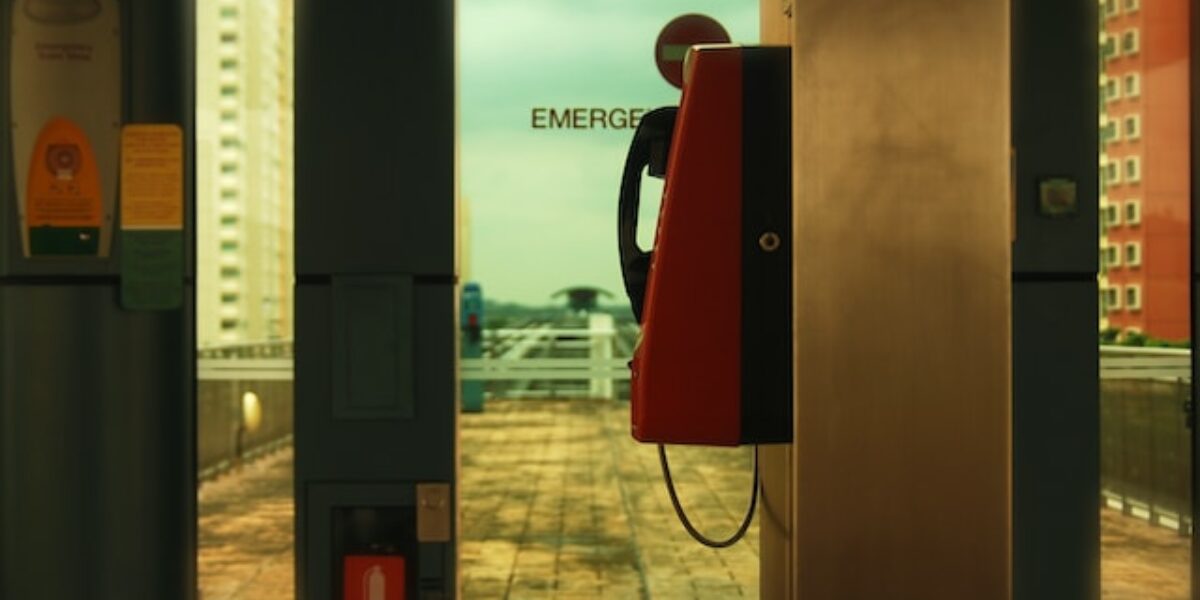Emergency phone feature for motorists
Drivers urged to make the most of potentially life saving phone update
Clocks jump back by an hour, visibility lowers, severe winter weather. All this adds to driver difficulties. Moreover, poor driving conditions increase the likelihood for a collision or road traffic incident.
If a serious crash takes place, a quick emergency response time is key to helping the injured.
Many drivers could be putting themselves at unnecessary risk by having a key phone feature disabled.
You’ve probably got it
A common feature on both Apple devices and Google Pixel phones is ‘Crash Detection’ (if enabled). It can detect if you’ve been in a severe car crash. This then allows your phone to immediately alert the emergency services to your location.
Not having the key safety feature, or not having it switched on, could be detrimental. Motoring experts at Scrap Car Comparison are providing advice on making sure you and, your phone, is switched on.
Crash detection is a setting on your phone (or smart watch). It detects severe impact from multiple directions and between other vehicles. If the setting detects you have been in a crash, it sends an immediate alert to emergency services, while sharing your location.
Take a bite
For Apple devices, this leads to an alarm being sounded and a message appearing on your phone. At this point, you can opt to let it call emergency services or dismiss the alert.
If you’re too injured to respond, this setting allows the device to call the emergency services automatically after a 20-second delay.
An added benefit comes from the Medical ID set up on your Apple device. Emergency services will be able to read the medical information you have provided.
Get the point
For Google Pixel users, the technology works in a similar way. It uses your phone’s location, motion sensors and nearby sounds to decipher if you have been in a crash. The Google Pixel setting uses Android’s Emergency Location Service, sending information to the local region’s emergency service.
You are given the same choice between calling the emergency services or cancelling the call. Your device will automatically alert medical responders if you don’t respond within 60 seconds.
While in the past this feature was exclusive to iOS and Google Pixel, it has since been extended to certain Android models, including some Samsung phones.
Accidental triggering
If you regularly participate in extreme or action-based sports, such as skiing, skateboarding or snowboarding, there is a small chance of triggering crash detection on your phone by mistake.
The crash detection technology uses a device’s built-in sensors to detect impact. So, if you fall over during a high-speed activity, it could trigger your crash detection.
It’s recommended that if engaging in these activities, people turn off their crash detection settings prior to starting. But remember to re-enable the setting once finished.
If in the event of an accidental alert, where you haven’t been able to cancel it in time, it’s important that you do not hang up the phone. You should alert the operator that the alert was set off by mistake and that you do not need assistance.
Switching it on
iPhone:
- Navigate to the ‘Settings’ app and tap ‘Emergency SOS’
- From here, you can scroll to click ‘Call after severe crash’
Apple Watch:
- Go to the ‘Apple Watch’ app and tap ‘Emergency SOS’
- From here, you can scroll to click ‘Call after severe crash’
Google Pixel phone:
- Find the ‘Safety’ app and tap the ‘Settings’ cog icon in the top left-hand corner
- Here, you can scroll to click ‘Car crash detection’
- Once on this view, you can enable the ‘Car crash detection’ setting
- When you are prompted to set location permission, click ‘Allow while app in use’
- You can also click ‘Allow for microphone and physical activity prompts’
Don’t opt out
David Kottuan, Operations Manager at Scrap Car Comparison, says the tech “could be the difference between a favourable or unfavourable outcome”. But Kottuan adds that having the service does not negate the need to drive carefully.
“The added darkness can make driving trickier, but add in ice, snow or rain and it can be even more perilous. Ensure you’re factoring in extra ‘thinking distance’ with your ‘stopping distance’ as icy or wet roads can result in skidding.
“It’s also important to remember to never adjust the settings on your phone whilst in the car. Ensure you set up the alert prior getting into your vehicle and starting a journey in order to avoid getting distracted behind the wheel. “
More information advice on winter driving can be found here.






